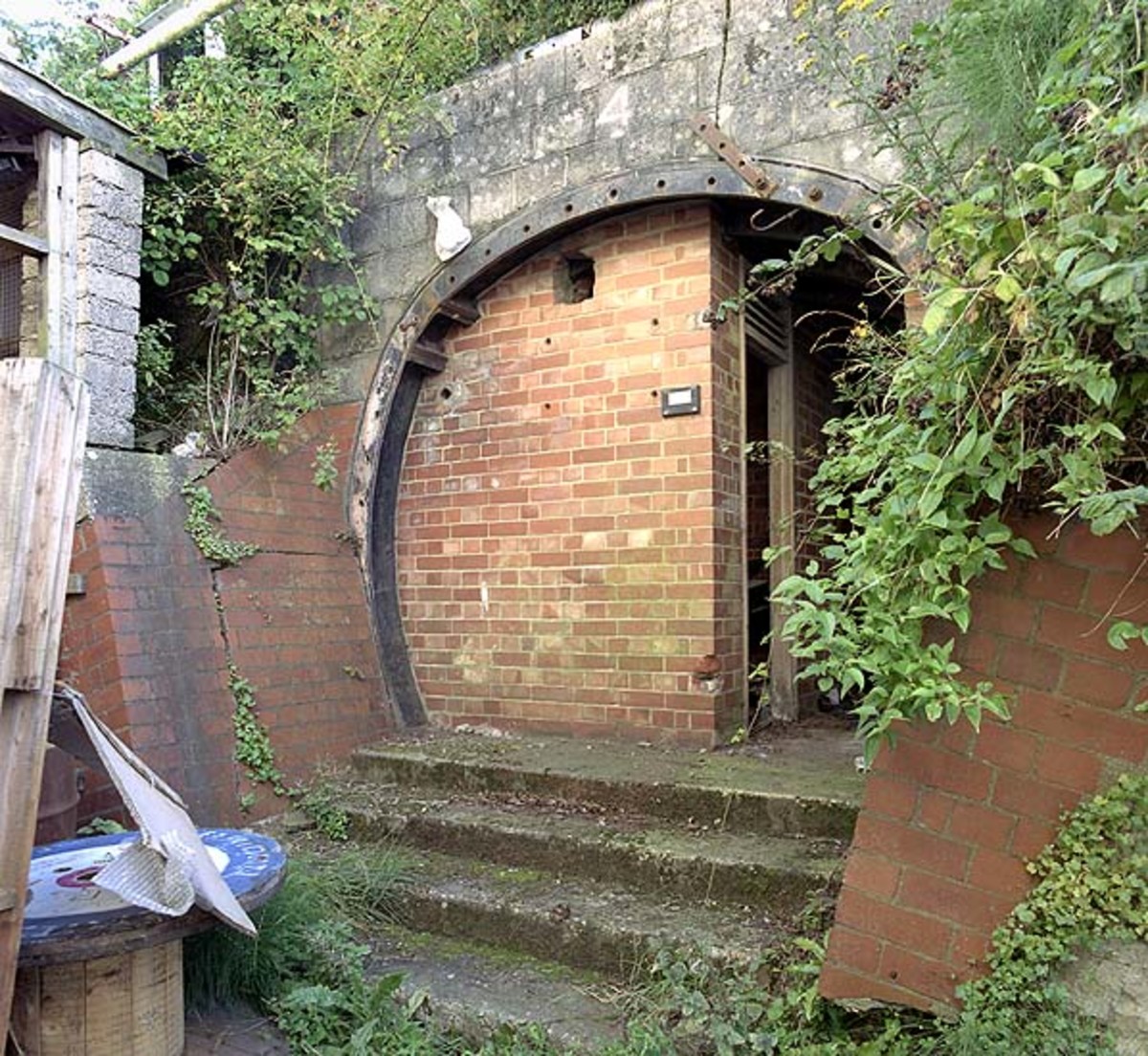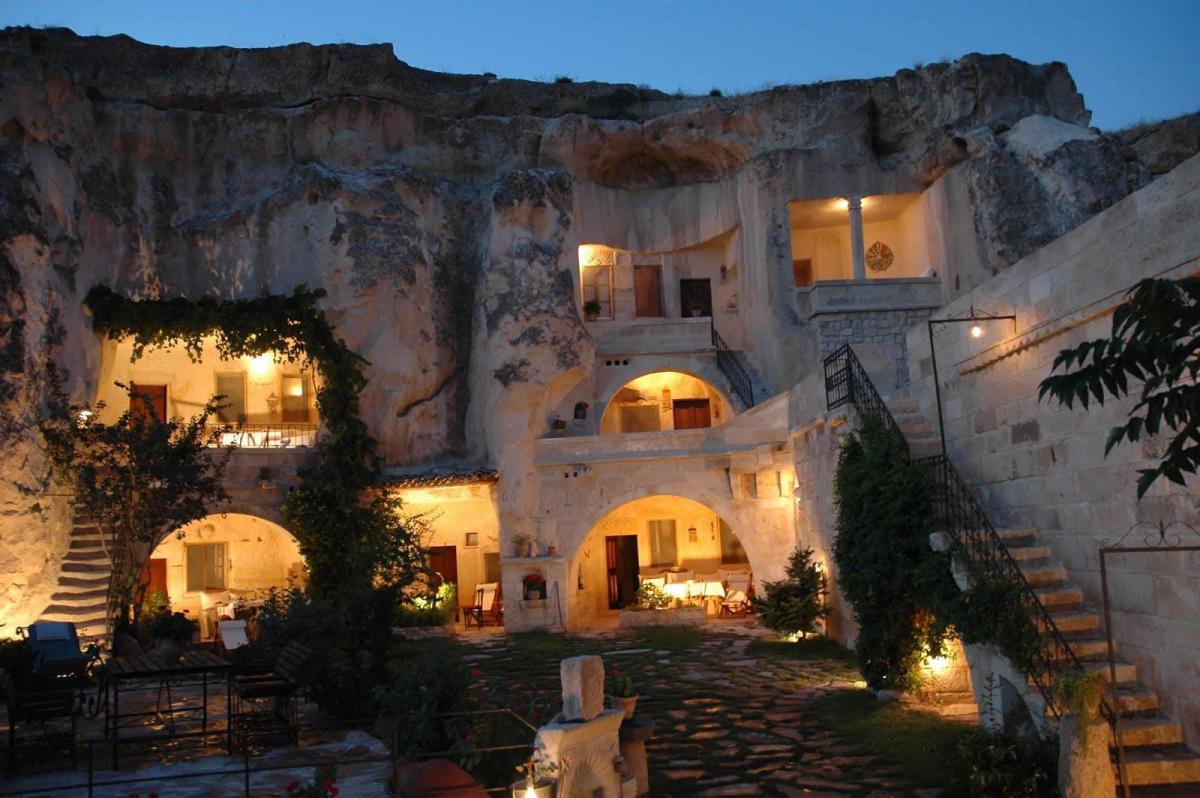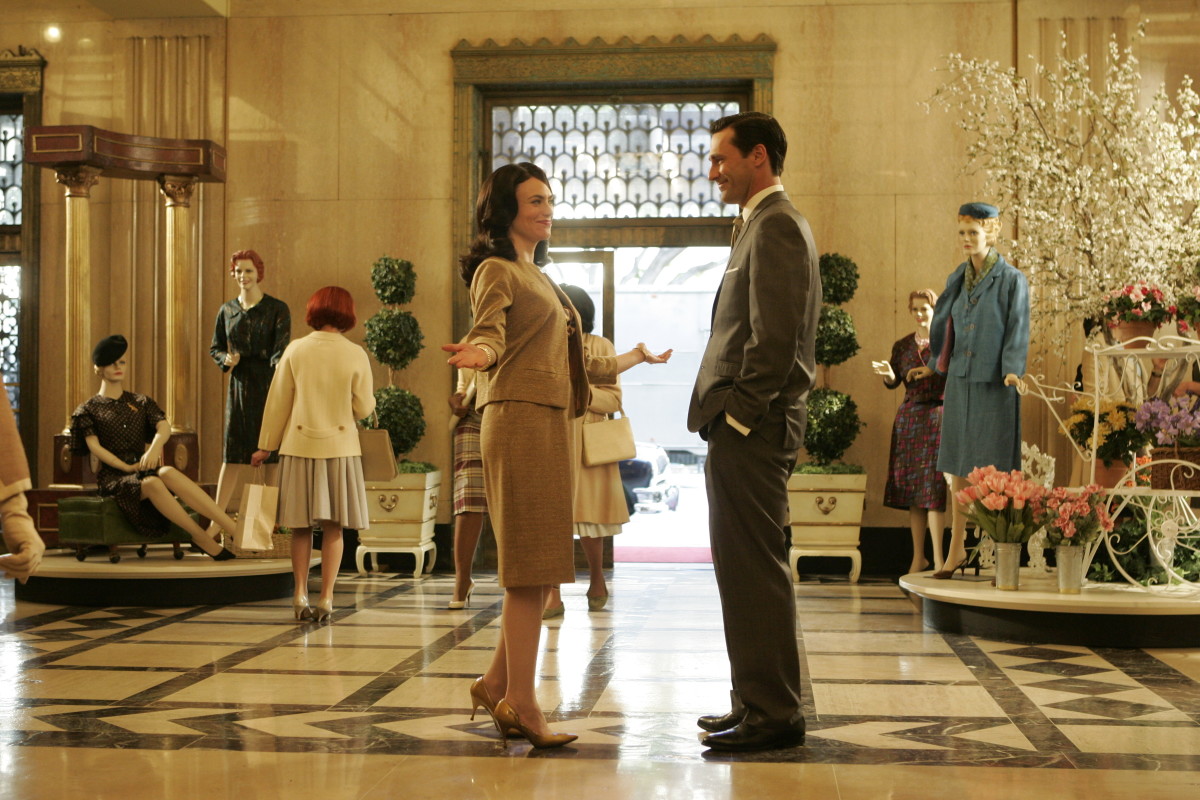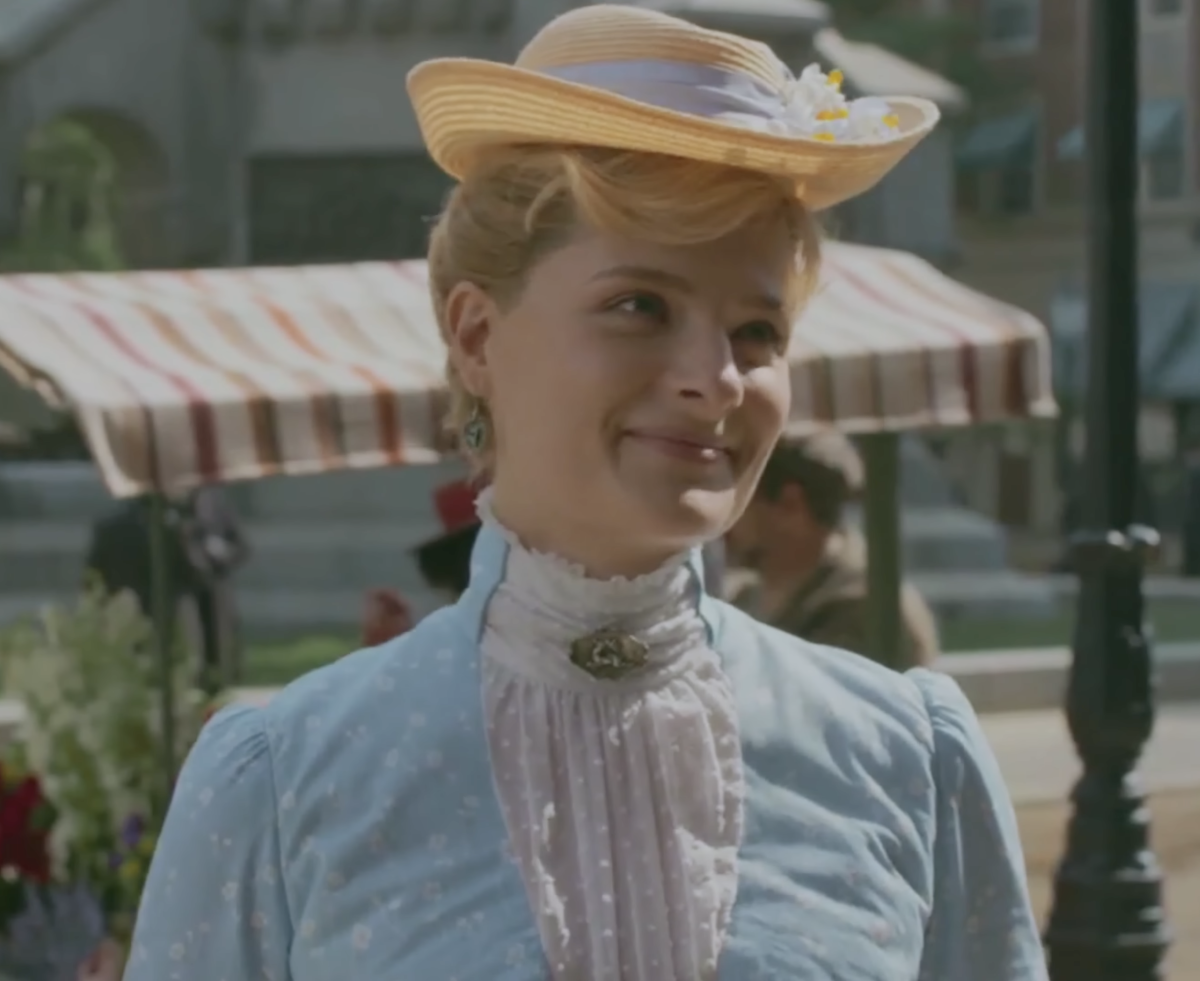America: The Story of US -- Update
Buy the complete set at Amazon.
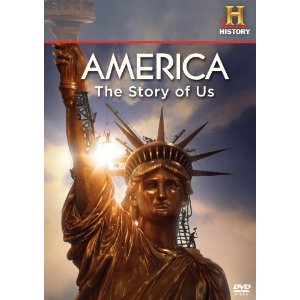
A Wild New Frontier!
Episode 7: "Cities"
"Going up!" became a commonly heard announcement after Otis invented the first safe elevator and inexpensive steel built vertical cities climbing into the sky -- the new frontier.
"Cities" opens however with a ten-minute story of perhaps one of the world's most recognized symbols, The Statue of Liberty. It was a gift from France and was in danger of not becoming assembled. New York City was out of money. Joseph Pulitzer, owner of the newspaper, New York World, used the paper and his influence to raise funds for the construction of the statue. Gustave Eiffel (of tower fame) designed the steel skeleton for the project that would tower thirty-stories tall and serve as a lighthouse until 1902. "Lady Liberty" welcomed over twelve million immigrants during twenty-five years it took for the copper to turn green. Now over 100 million Americans can trace their roots to Ellis Island. Other interesting statistics come out such as Liberty's face being larger than Lincoln's on Mt. Rushmore and at one point, there were more Italians in NYC than Rome! Meryl Streep stops in for a brief comment on symbols.
Skyscrapers needed steel.
And steel was too expensive. That is, until a bullet maker named Bessemer taught Andrew Carnegie a new way to make it. Then, the Scot risked everything he had to mass produce steel. He did. He also put Pittsburg on the map and sent cities into the higher altitudes. A war erupted: a war between construction workers and the forces of nature. Steel walkers, rough necks, battled high steel and sudden winds. Two out of five of them died in the struggle but the city prevailed.
This episode as much as any of the previous ones, brings names and personalities to the forefront with a rogues gallery of it's own, including the man famous for that term, Thomas F. Byrnes. He also made another saying famous, "the third degree". If personal persuasion and intimidation didn't work, well, pain was the third option. In the late 1890's there was no form of personal identification, so Byrnes began using photography and came up with the "mug shot" which is still effective today in solving crime. Been to the post office lately?
Other significant names and their stories scroll by such as Jacob Riis who used flash photography to clean up tenements and Col. George Waring who invented sanitation departments (and got sewer systems established) to clean up the streets. Thomas Edison banishes the darkness and, with over one thousand patents, defines the modern era.
Triangle Shirtwaist Factory
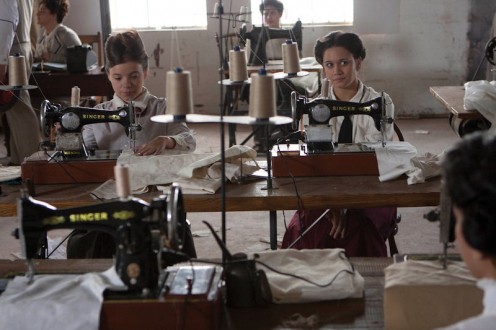
Prior to September 11, 2001, the deadliest workplace tragedy in America was the Triangle Shirtwaist Factory fire. The changes it brought in safety features and building design, combined with the other developments detailed in this episode helped bring about one of America's greatest inventions: the "megacity".
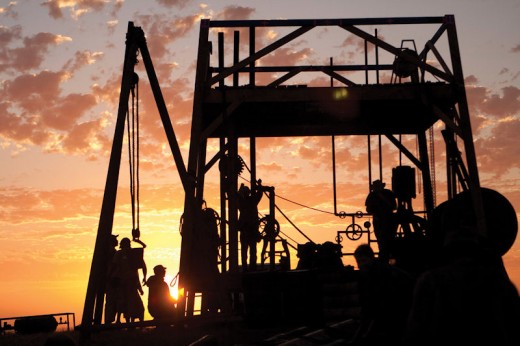
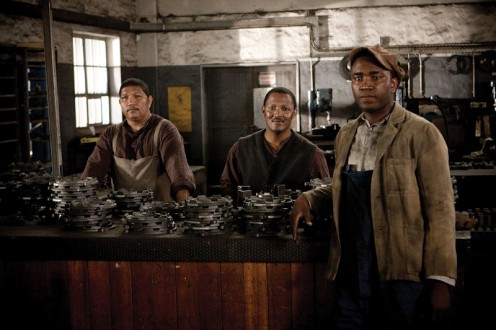
Episode 8: "Boom"
As much as Episode 7 was about people, this one features events. Events covered in "8" each had such significant effects on everyday life world wide, they could have been five-megaton bombs, and they all contributed to the "Boom" that began in Beaumont, Texas, near Houston.
A ton of coal produces about half the energy of a ton of oil. For a country on the grow, both cities and rural farm areas needed more cost-efficient energy. The Hamilton brothers changed the world with their strike at Spindletop. Prices of oil plummeted and a race began to use it efficiently. Places like Fort Worth and Kilgore, Texas found special places on the world map. The availability of cheap oil and gasoline set the stage for Ford's assembly line. The aqueduct delivered water to the state of California and "The Great Migration" helped factories using assembly lines to fulfill their manpower needs.
Prohibition
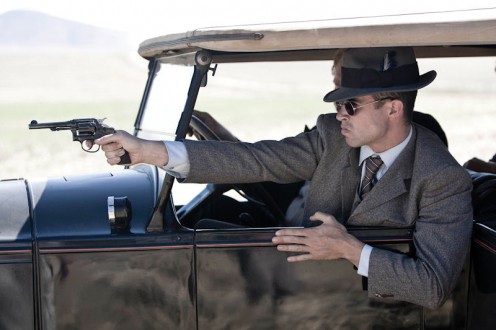
The "Promised Land"??
On Sunday, July 27, 1919, the Chicago Race Riot would leave over 500 wounded, thirty-eight dead, and spread to twenty-four cities making it a "Red Summer". African Americans who moved North to escape life in the Old South discovered that it wasn't the promised land after all.
Other important events that shaped our world today include prohibition, the St. Valentine's Day Massacre, the 16th Amendment (creating the progressive income tax), and finally the repeal of prohibition. Each gets it's "Andy Warhol" allotment of fame in tonight's story. What comes after most booms? Yep, you got it, the next broadcast is titled, "Bust" and we ain't talking about bosoms.
Bust, WWII, and Beyond
Tune in at 9/8 Central as America: The Story of Us continues on The History Channel every Sunday evening through Memorial Day.
Watch for my concluding article on this series during the first week of June. This run of The History Channel's ground breaking event ends Memorial Day weekend.

